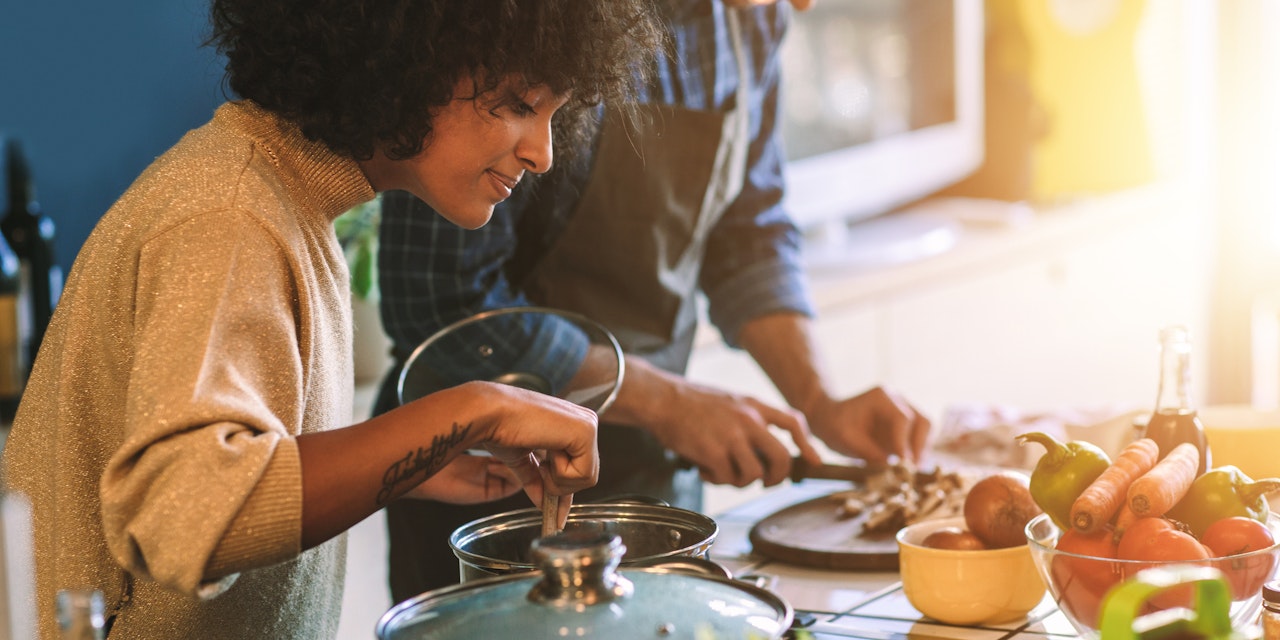Cooking & Nutrient Retention – How to Keep the Most from Your Meals
. Some cooking methods protect nutrients better than others, and understanding these differences helps you get the most nutrition out of every meal.
- Published: 11/3/2025
- Categories:
- 2 min. read

- Published: 11/3/2025
- Categories:
- 2 min. read
Heat and Nutrients – A Delicate Balance
Not all nutrients behave the same way in the kitchen:
- Water-soluble vitamins (like vitamin C and B-complex vitamins) are fragile and easily destroyed by heat or leached into water during cooking (2).
- Fat-soluble vitamins (A, D, E, K) are more heat-stable and may even become easier to absorb when cooked with healthy fats (3).
- Some antioxidants, such as lycopene in tomatoes and beta-carotene in carrots, actually increase in bioavailability after cooking. Heat breaks down plant cell walls, making these compounds easier to absorb (4).
The key is matching the cooking method to the nutrients you want to preserve or enhance.
Comparing Common Cooking Methods
Steaming
One of the gentlest methods, steaming keeps food above water rather than submerged. It preserves most water-soluble vitamins and helps maintain color, texture, and flavor. Steaming is considered one of the most nutrient-protective techniques, especially for vegetables (5).
Frying
Frying exposes food to high temperatures and fat. This can degrade heat-sensitive nutrients but may enhance absorption of carotenoids (like lutein and beta-carotene) when paired with oil. Use moderate heat and healthier fats like olive oil for best results (6).
Microwaving
Despite misconceptions, microwaving is a very nutrient-friendly method. It uses short cooking times and little to no water, helping preserve both vitamins and antioxidants. Overcooking, however, still poses a risk for nutrient loss — keep vegetables tender-crisp (7).
Boiling
Boiling causes water-soluble nutrients to leak into cooking water. If that water is discarded, vitamin losses can be significant. But when the water is retained — as in soups, stews, or broths — boiling remains a nourishing option (8).
Practical Tips to Preserve Nutrients
- Use minimal water: Steaming or microwaving with little added liquid minimizes vitamin loss.
- Cook briefly and gently: Avoid overcooking; aim for tender but vibrant vegetables.
- Add healthy fats: Drizzle olive oil on cooked veggies to improve absorption of fat-soluble nutrients.
- Reuse cooking liquids: Save the vitamin-rich water from boiling and use it in soups, sauces, or grains.
Eating for Both Flavor and Function
Cooking is not just science — it’s also culture, comfort, and enjoyment. With a few mindful adjustments, you can protect more nutrients without sacrificing taste. Steaming and microwaving are excellent for most vegetables, while frying can be reserved for occasional use. Pair your meals with healthy fats, reuse cooking liquids, and embrace gentle heat.
Small choices in the kitchen can make a big difference in how much goodness travels from your plate into your body.
8 references (hide)
All of the content and media on Lifesum is created and published for information purposes only. It is not intended to be used as a substitute for medical advice or treatment. Users should always consult with a doctor or other health care professional for medical advice. If you have or think you are at risk of developing an eating disorder, do not use the Lifesum app and seek immediate medical help.